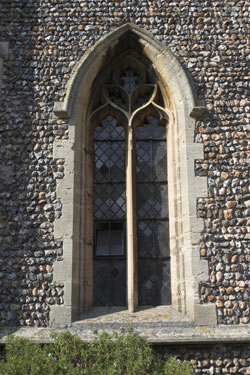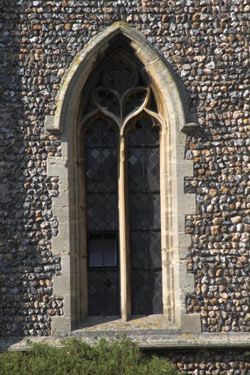Sigma 28-200mm f/3.5-5.6 DG Macro
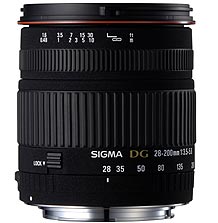 Specifications
Specifications
- Focal length 28-200mm
- Construction 16/14 elements/groups
- Max aperture f/3.5-5.6
- Min aperture f/22-32
- Angle of view 75.4-12.3°
- Min focus dist 0.48m
- Repro Ratio 1:3.8
- Filter 62mm
- Dimensions 74x86mm
- Weight 0.4kg
- Price (SRP) £209.99
Build and handling
This lens is nicely compact for it’s capabilities although it does extend somewhat as you zoom to the long end of the range. The extension, achieved by a double trombone, comes out some 52mm. It does so with quite a smooth action though and the second sleeve of the trombone carries markings to indicate the amount of magnification the optic is achieving. The zoom ring covers some two-thirds of the barrel with the manual focus ring occupying the remainder. It is similar in build and feel to it’s bigger brother, the 28-300mm. Autofocus, in this more budget placed lens, lacks the refinement of a sonic motor and although the motor can be heard, the noise is not obtrusive and the action is quite quick. This is probably achieved by the short amount of travel required, as when you switch to manual focus there is less than a quarter of a turn needed on the nicely torqued manual ring. The zoom ring is marked at 28, 35, 50,80, 135, and 200mm and neither zooming nor focussing rotates the front element, a bonus for filter users. At the business end there is a bayonet mount for the supplied petal shaped hood and this has a positive click to keep it in place.
Optical quality
This is where the lens started throwing up some surprises. Most lenses, especially those with a zoom ratio that exceeds 3:1, and this one is just over 7:1, deteriorate as the focal length increases. This one however, increased its performance towards the middle of the range, dropping back only as far as where it started at the long end. And it didn’t start badly either!
The lens does suffer slightly from barrel distortion at the wide end, measured at -2% with the Imatest distortion module, but this is one of the easier anomalies to correct in software. By the 200mm mark any distortion is negligible. Chromatic aberration is an area where many of this type of lens fall down but although it is present and measurable around the edges of the frame it manages to stay just inside tolerable limits. There is virtually none at the centre of the frame. The digital coating that has been applied universally to the Sigma range has had the effect of improving contrast and colour rendition and this is true of this optic.
 Two shots of the same subject, taken from the same spot, the first at 70mm and the second at 200mm and both at f/7.1 on a 20D. Unusually, there is no noticeable drop off in quality at the longer shot unless measured in software. | 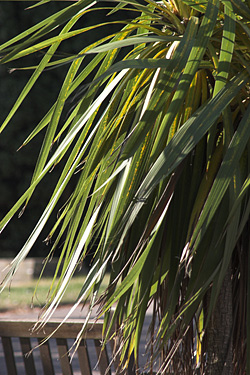 |
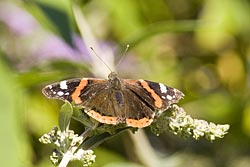 | The close focusing ability of this ‘macro’ lens is quite handy for large insect photography. My wife, Shirley, took this one on a 20D. |
Click on each comparision photo below to view full size versions
Below is our lens test data. To find out how to use these graphs look at this article: How we test lenses
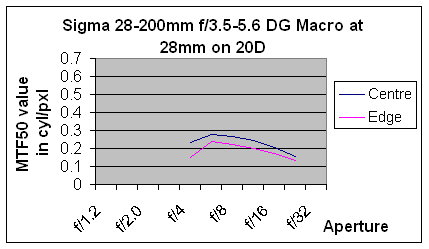
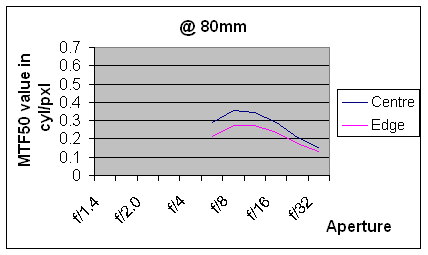
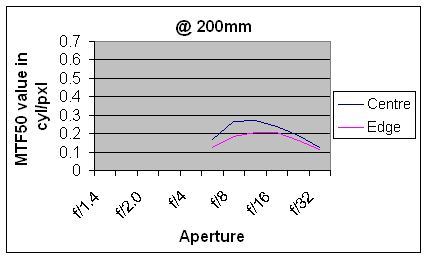
Verdict
If you need a general purpose lens to carry on your camera, and use the long end as much as the wide, then this offering is well worth a look. The excellent resolution figures achieved through the middle to the long end are a pleasant surprise and make this optic one of those hidden bargains. The close focussing ability is a bonus too.
In summary, the positive points of the 28-200mm f/3.5-5.6 DG Macro are:
![]() Good focal range
Good focal range
![]() Compact and lightweight to carry
Compact and lightweight to carry
![]() Excellent performance through the range
Excellent performance through the range
![]() Cracking value for money
Cracking value for money
The negative points are:
![]() CA around the edges at the wider end
CA around the edges at the wider end
![]() Distrotion just evident
Distrotion just evident
Check the latest price of the Sigma 28-200mm f/3.5-5.6 DG Macro here
Test by Ian Andrews www.wildaboutkent.com
Add your message
Please login here or if you've not registered, you can register here. Registering is safe, quick and free.
photodo Stats
428 MTF tests
74 in-depth photodo reviews
100+ users join each day
Help the lens community by reviewing or rating a lens today via our lens search
Latest Lens Reviews
- Chinon 28mm f/2.8 Vintage Lens Review
- Canon EF 70-200mm f/4L IS II USM Lens Review
- Samyang AF 85mm f/1.4 EF Review
- Sigma 70mm f/2.8 DG Macro Art Review
- Samyang AF 24mm f/2.8 FE Review
- Meike 50mm f/1.7 Review
- Tamron 70-210mm f/4 Di VC USD Review
- Lensbaby Burnside 35mm f/2.8 Review
- Asahi Super Takumar 50mm f/1.4 Review
- Asahi Super-Multi-Coated Takumar 135mm f/3.5 Review


